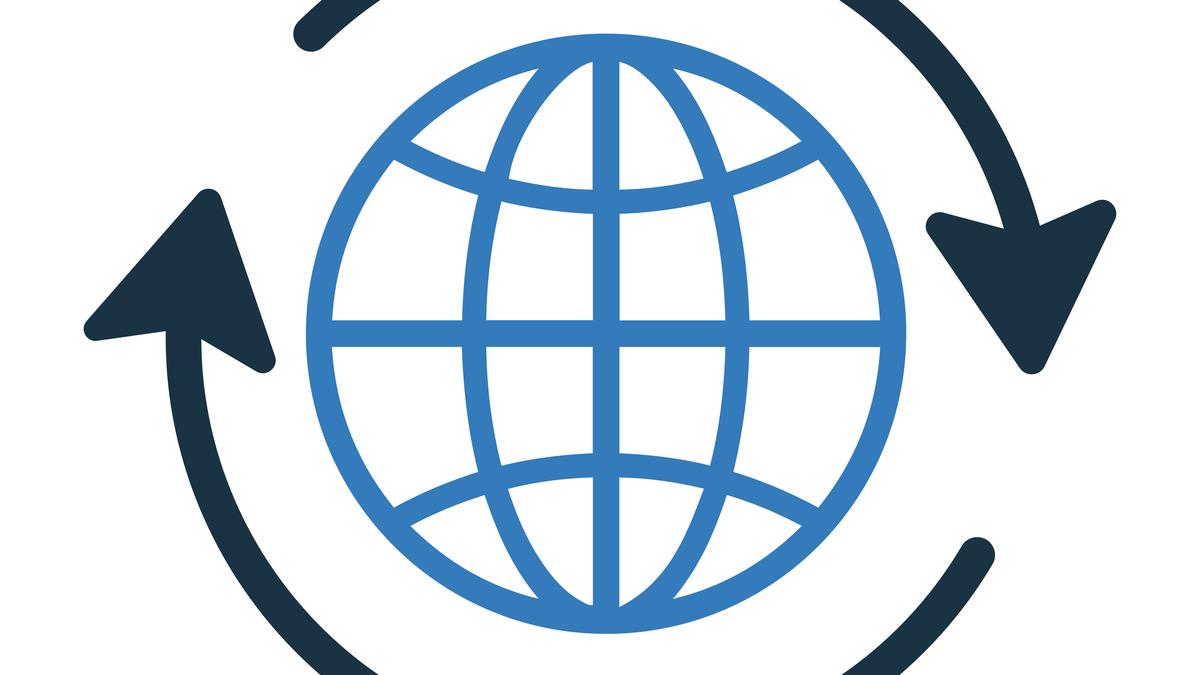‘Countries are reclaiming significant control that was previously ceded to the WTO in managing their state conduct’
| Photo Credit: Getty Images
The Geneva-based World Trade Organization (WTO), which serves as a multilateral trade referee, is set to miss yet another crucial target of revitalising “a full and well-functioning dispute settlement system” by the end of 2024. It has been five years since the Appellate Body (AB), the second tier of the WTO’s two-tier dispute settlement system, has been non-operational due to the persistent blocking, by the United States, of the appointment of the Appellate Body members.
This obstruction began during Barack Obama’s administration, escalated under Donald Trump’s first presidency, and has continued under President Joe Biden, reflecting a bipartisan political consensus in the U.S. The U.S.’s hostile stance towards the Appellate Body will intensify further under what is anticipated to be a highly protectionist Trump 2.0 administration. While the WTO panels, the first stage of dispute settlement, continue to operate and render decisions resolving trade disputes between WTO member countries, this is of little significance because the losing country uses its legal prerogative to appeal to a non-operational AB, and thus stall the adjudicatory process. However, it is a fool’s errand to put the Appellate Body back on track because the real issue is the WTO’s existential crisis and its quest to be a relevant player in global trade. The larger game is not about killing the Appellate Body but, rather, making the WTO dysfunctional.
The promise
To understand the future, it is important to first reflect on the past. The establishment of the WTO in 1995 marked a milestone in international law. The rise of neoliberal ideology in the 1990s played a critical role in this development. The WTO established a comprehensive system of rules governing trade in goods, services, and intellectual property, along with a binding two-tier dispute settlement system featuring an appellate function, compulsory jurisdiction, and effective retaliation for non-compliance. The WTO’s promise of international rule of law was so compelling that it could not be matched even by the International Court of Justice. Scholars in international law began to regard the WTO as a constitutionalism project that would ensure the triumph of international law over international politics.
As the international trading community witnessed the transition from the General Agreement on Tariffs and Trade (GATT) era that held sway from 1948 to 1994 to the WTO, it marked a shift from diplomacy-based trade multilateralism to a rule-based system. Celso Lafer, a former Chairman of the WTO’s dispute settlement body, described the creation of the WTO as the “thickening of legality” in international trade relations. Put differently, countries were willing to accept several restrictions on their state conduct and subject themselves to the binding jurisdiction of the WTO’s dispute settlement system including the Appellate Body.
The unravelling
However, things began to unravel as the global landscape changed due to China’s significant rise over the last two decades. The U.S. facilitated China’s accession to the WTO in 2001, hoping this would lead Beijing to dismantle its state-led industrial policies which were detrimental to international trade, and adopt free-market principles. However, this expectation did not materialise. There is a widespread belief in the U.S. that China exploited the WTO system to its advantage. The WTO and its institutional controls hinder the U.S. from dealing decisively with China. As a result, the U.S. aims, in the words of international lawyer Daniel C.K. Chow, to “wreck” the WTO system, including the Appellate Body, which would provide it with a free hand to address the perceived Chinese threat. The U.S. can now employ trade remedial measures and develop industrial policies to counter the Chinese challenge, even if these actions violate WTO law, as there is no one to call it out. A classic example of this is the Trump administration’s decision in 2018 to impose a 25% tariff on Chinese products across various sectors. Mr. Trump’s promise to impose further tariffs during his second term, which could trigger another round of trade war, indicates that international politics, rather than international law, will dictate international trade.
Regime change
This has led international lawyers such as Geraldo Vidigal to argue that there is no longer a crisis in the WTO but a regime change. As against the thickening of the legality of international trade relations that we saw from a period of 1995 to 2019, we are witnessing its thinning. In other words, while there is no complete de-legalisation of international trade relations, countries are reclaiming significant control that was previously ceded to the WTO in managing their state conduct. The legal revolution of international trade multilateralism that began in 1995 has not only been paused but is being reversed, moving us back to the era of GATT diplomacy. Understanding this “GATTification” of the WTO, as Prof. Vidigal puts it, is crucial for grasping the current state of the international trading order. No amount of technical negotiations in Geneva can obscure this fact.
Prabhash Ranjan is Professor and Director, Centre for International Investment and Trade Laws, Jindal Global Law School. The views expressed are personal
Published – December 24, 2024 12:08 am IST

